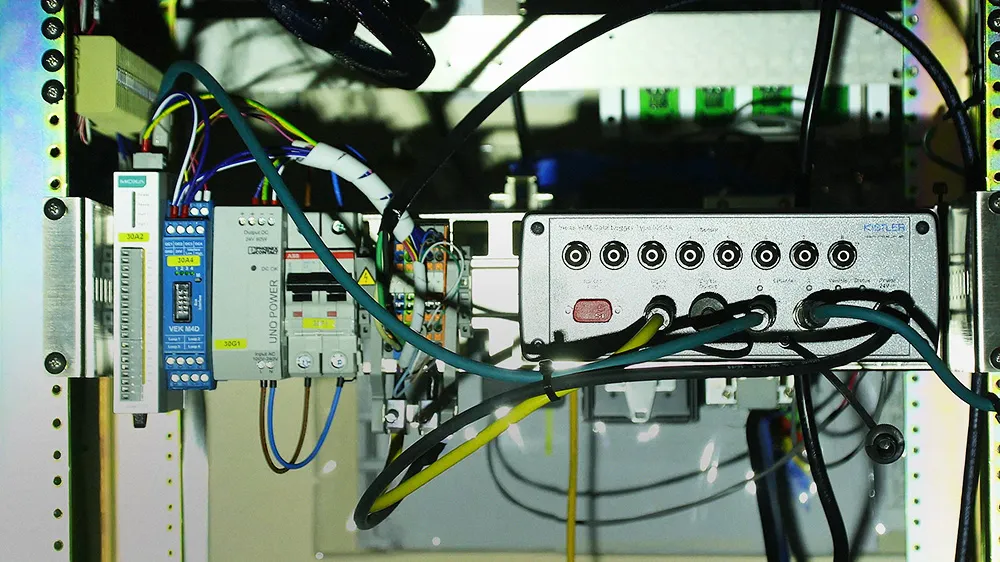From the roadside James Foster compiles some eye-catching news, deployments and product picks from the work zone
January 31, 2012
Read time: 3 mins

From the roadside James Foster compiles some eye-catching news, deployments and product picks from the work zone
UDOT began a US$1.725 billion project last April, the largest roadway project in the state's history, to widen and rebuild some 39km of I-15 in Utah County nearly 50km south of Salt Lake City. The I-15 CORE project is currently 30 per cent complete and on schedule for its December 2012 deadline. The project is an important investment to restore aging infrastructure, address long-term transportation needs, and improve the movement of goods and services throughout the state in one of the state's fastest-growing counties.
Because the project will span more than two years and there is no other freeway system in the county apart from I-15, the project leaders knew there would be significant effects on traffic on the local streets.
Eric Rasband, UDOT I-15 CORE traffic and maintenance of traffic manager: "We put a high emphasis on minimising the inconvenience to the travelling public. Under a competitive bidding environment, our contractor, PRC, looked for an opportunity to improve mobility on local roads throughout construction as a value-add in their overall traffic management proposal. PRC asked
The travel time application designed by TransCore includes the installation of a monitoring system along US 89 and connector routes to I-15, which uses anonymous vehicle data obtained from
Nine Trailblazer signs placed on the roadside include a hybrid display that combines a static message with a dynamic insert that incorporates real-time data. The small size of the sign allows for placement in areas with little or no need for the acquisition of right of way. Motorists are directed to take the least congested routes - either I-15 or US 89 - which leads to a reduction in delays, stops, emissions and the number and severity of traffic incidents.
An accelerated schedule of six months for design, construction and software development allowed the Trailblazer project to come to fruition in time to provide a positive impact for the remainder of I-15 CORE construction and into the future.
According to UDOT, the Trailblazer signs are unique as they compare local road travel times versus freeway travel times. Other signs like these in Utah show freeway travel times only. This system does not just provide an immediate benefit to traffic management during the I-15 CORE project: the installations will be left in place once construction has been completed, becoming a legacy product to enhance regional mobility.









